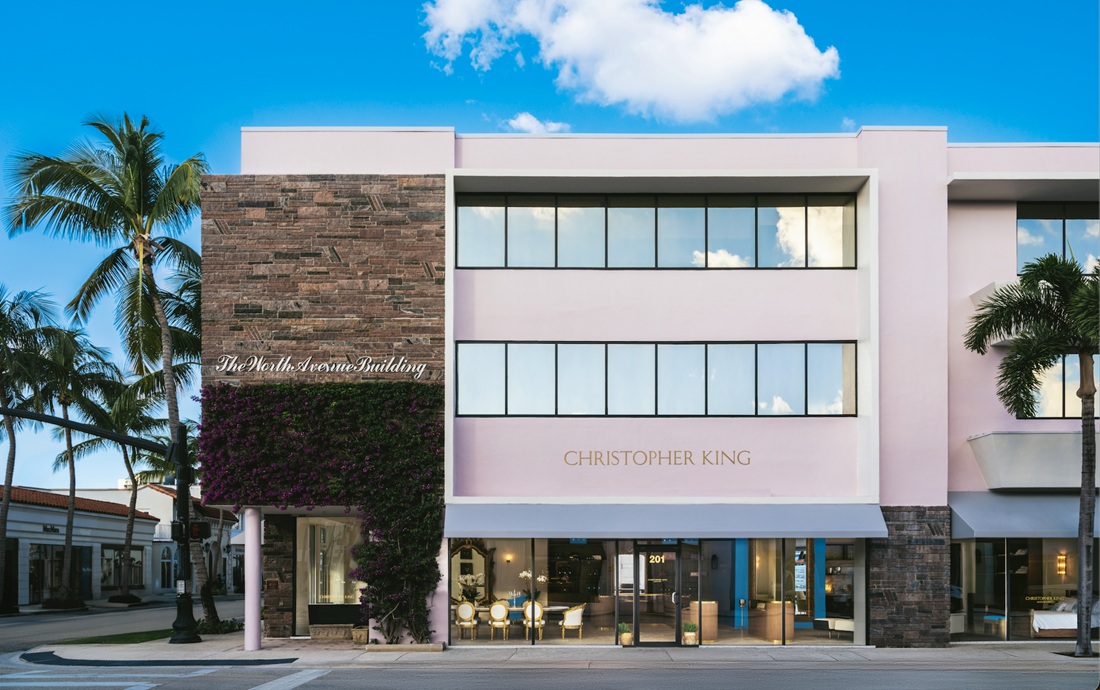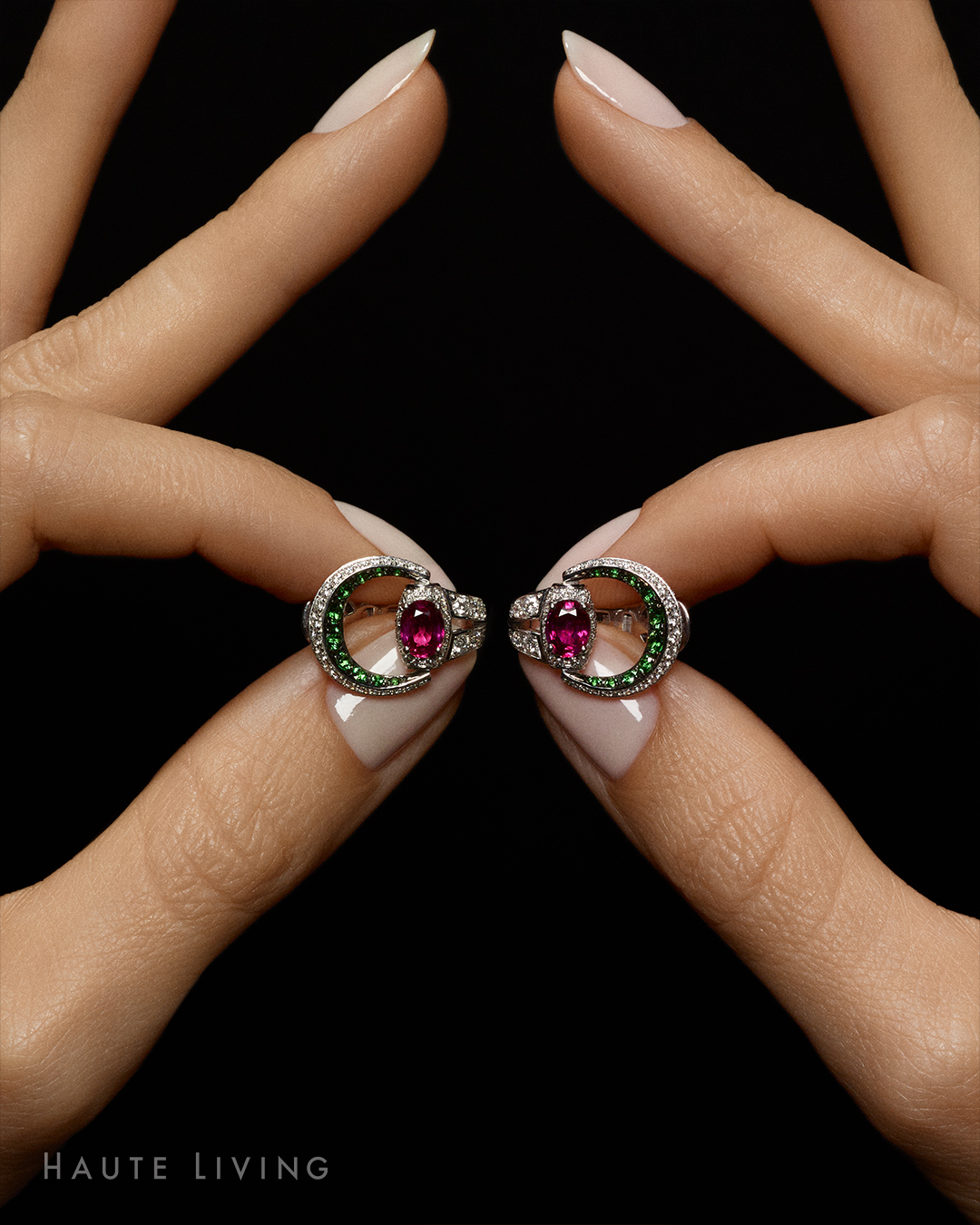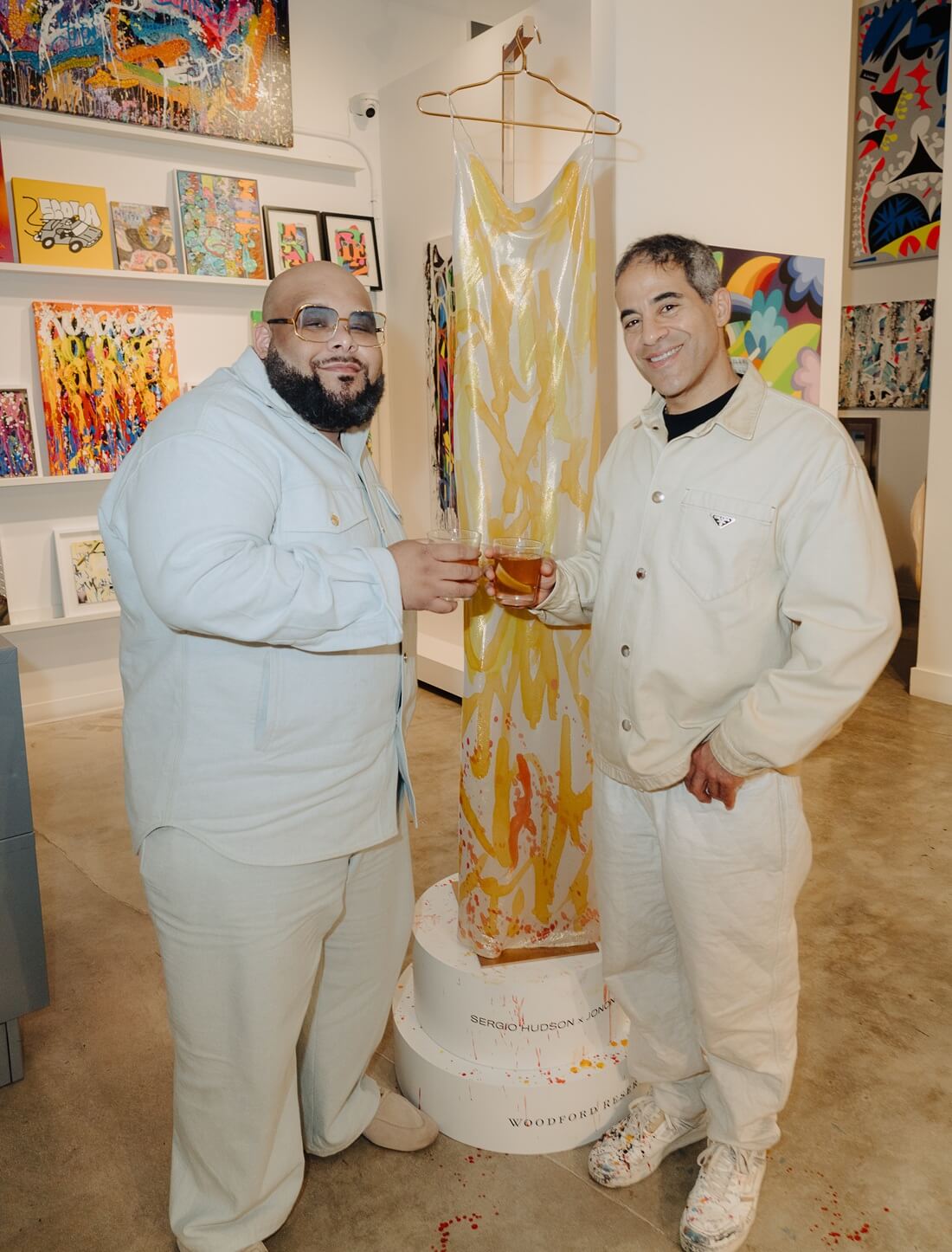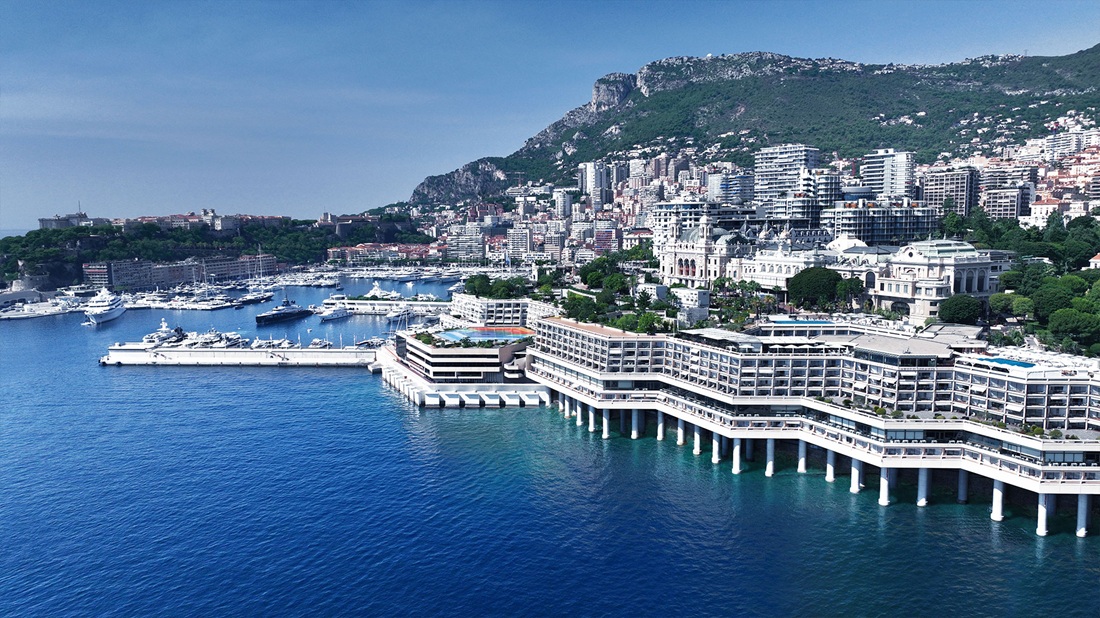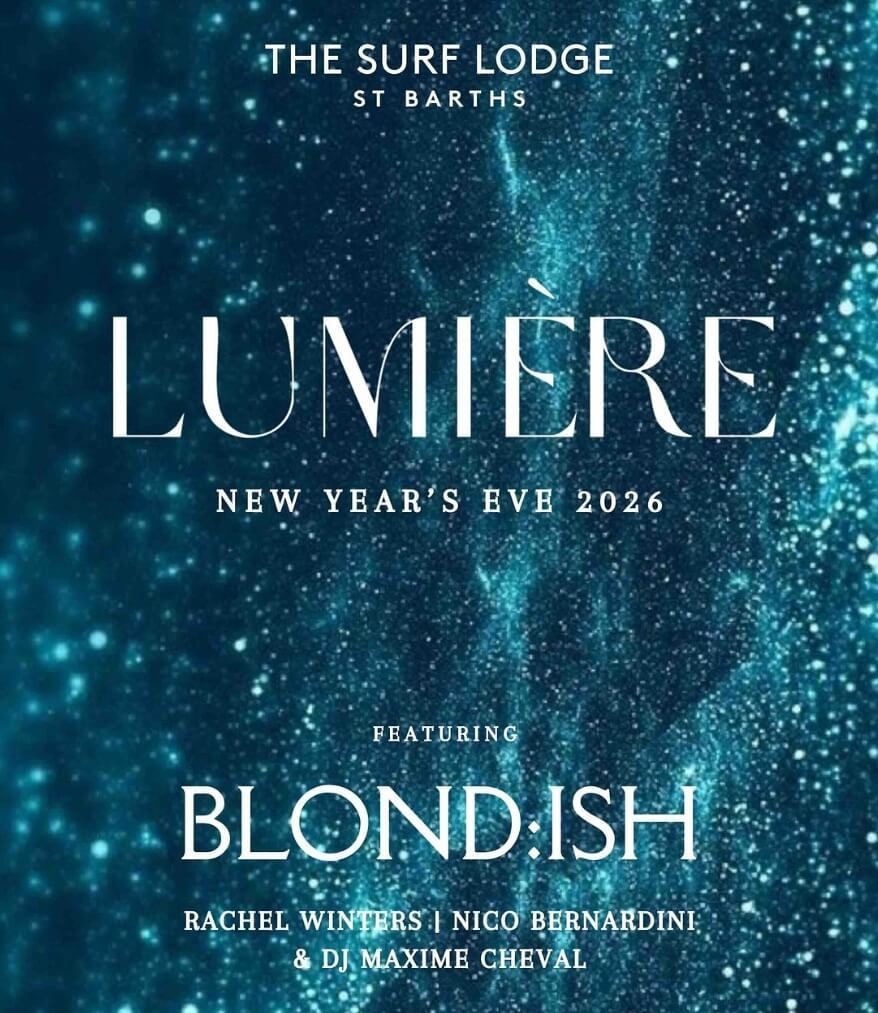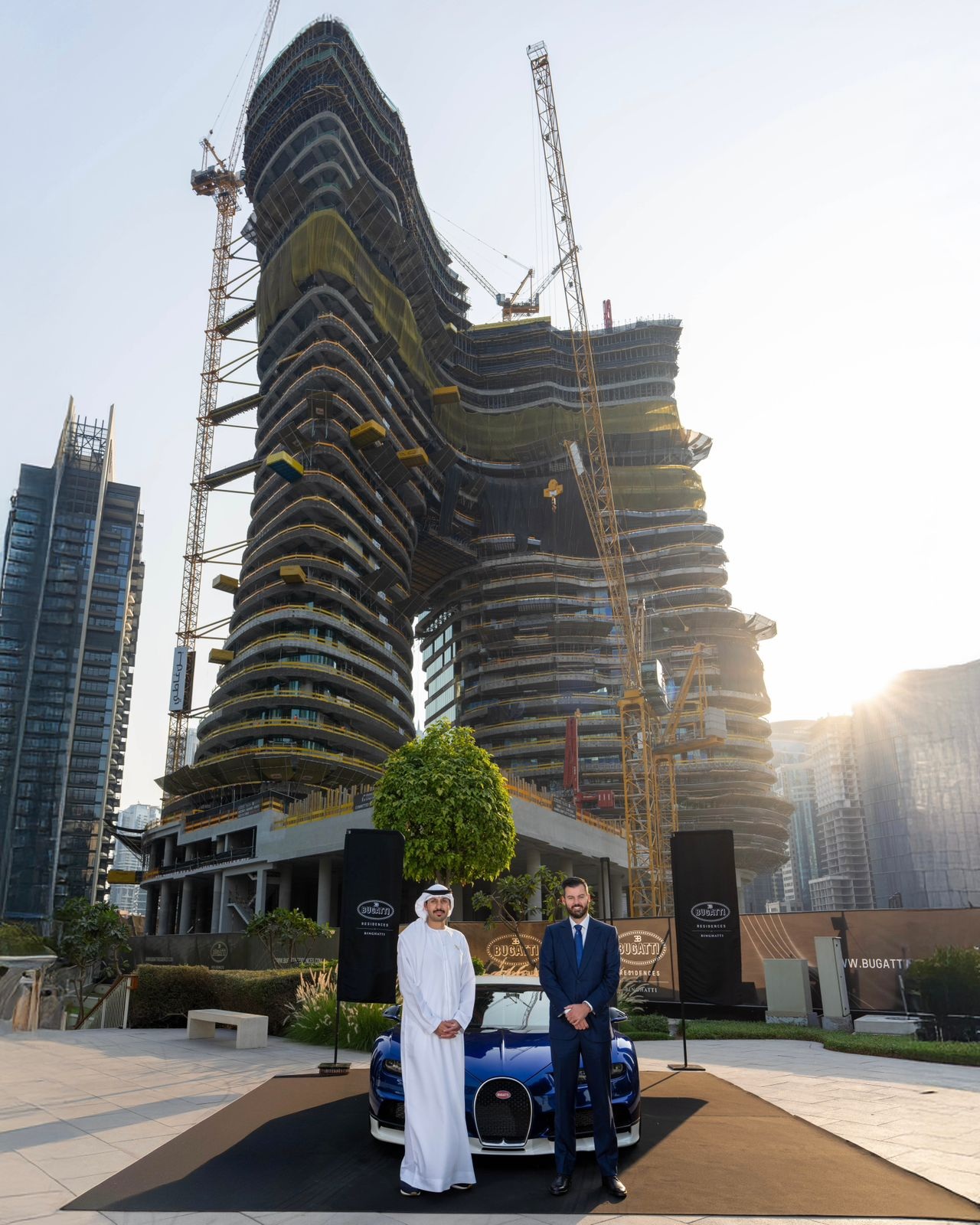The Wonderful World of Chow
With the mere mention of the name Mr. Chow, one immediately thinks of the famed restaurants that are revered not for just the food but for the experience, the scene, and the trendy, celebrity-infused crowds that dine there. Michael Chow’s restaurants are more than high-end eateries; they are institutions that become ingrained in the culture of the cities they inhabit.
This can be attributed to the fact that MrChows have always been in the right place at the right time. The London location opened its doors in 1968 and is still going strong. The Beverly Hills hotspot launched in 1974 and continues to serve an eclectic mix of A-list celebrities, art-world stars, and international jetsetters. MrChow in Midtown in New York opened in 1979, and famously served the faction who put Studio 54 in the history books. Tribeca’s outpost opened in 2005 and quickly became the restaurant of choice for New York’s stock market mavens, and the new location at the W South Beach—which opened in early August—already is the go-to spot for chic Miami diners. A Las Vegas eatery is also in the works, scheduled to open in 2010. Copycats consistently pop up hoping to take over MrChow’s reign, but none can boast such a legacy or innate understanding of what captivates the cultured diner. In decades to come, what will be remembered of MrChow restaurants is that they prospered in the toughest, fastest, and trendiest cities in the world.
Restaurateur Michael Chow, known as Mr. Chow, successfully created a culinary dynasty that sprouted in China and planted its roots in the new world. A master of design and architecture and a predictor of trends, he single-handedly revolutionized the way the West sees and eats Chinese cuisine.
The birth of MrChow restaurants came from Michael’s desire to reconnect with his heritage. He was sent away from his home in China to an English boarding school at the age of 12, never to see his parents again due to the ravages of the Cultural Revolution. “I had a desire to link the past, which is my culture, and establish a structure base because I lost everything and wanted to regain it,” he explains. “I experienced racism in the West, so the only way to reduce that is by cultural defending. MrChow restaurants are a bridge between East and West. They gained a reputation of respect and refinement. [The restaurants] show how sophisticated Chinese food is, and thereby [the sophistication of] the culture as well.”
Michael gained the respect he deserves by serving authentic, high-quality Chinese food with silver cutlery and a price tag to match. He opted out of using chopsticks “because people would come to the restaurant and play with them. The food is too good to be played with.” In general, the American public’s reference to Chinese cuisine is through low-end, inexpensive dishes that are high in salt and sugar. If one is adventurous enough, they might take a trip to their local Chinatown where the food is typically Cantonese- and Sichuan-based—heavy in sauces and quite greasy. On the flip side, MrChow serves Beijing cuisine, considered more sophisticated with roots in aristocracy. (Beijing is where the emperor lived, and typical dishes avoid heavy seasoning.) Beijing cuisine isn’t commonplace in America simply because it’s hard to come by authentic Beijing chefs. Training begins at an early age and is approached as an art. Skilled teachers not only pass down techniques, but a 1,000-year-old culture. Form and foundation are very important, as are the schools where chefs train. Because of this instruction and dedication to ancient culinary customs, MrChow’s new Miami location will easily be one of the best new Chinese restaurants in America. Nick Du, a leading master in Beijing cuisine, along with 10 additional chefs from China versed in other regional cuisines, have been flown into the city to create a menu using both tradition and progression. Here in Beverly Hills, Executive Chef Eddie Wong has presided over the kitchen for more than 30 years, upholding the standard of excellence that is synonymous with the MrChow name.
The design of the establishments is something to be celebrated as much as the food. As a former student of architecture, Michael has designed every one of his restaurants. His signature good taste is now legendary and dates back to the year 1965 when he designed his first project, a hair salon in London that Twiggy later took over. Upon seeing the finished product, hairstyling guru Vidal Sassoon praised Michael for having vision ahead of his time. The illustrious French designer Hubert de Givenchy said the MrChow restaurant on 57th Street in Manhattan is as beautiful as a jewel box, and Giorgio Armani called Michael Chow a “genius” and hired him to design his boutiques in Beverly Hills and Las Vegas. Michael designed Armani’s Rodeo Drive store back in 1987, and to this day it still feels fresh and modern, an extraordinary feat for a design born in a decade of neon colors and bubblegum pop rock. Celebrated artists like Andy Warhol, Keith Haring, David Hockney, Francesco Clemente, and Jean-Michael Basquiat have all immortalized Michael on canvas, and Warhol and Basquiat famously worked off their restaurant tabs by painting Michael, a preferred payment that enabled him to keep the patronage eclectic.
For the last 20 years, Michael has shared his success with the strikingly elegant woman Eva, his wife. “Eva is extraordinarily talented,” boasts Michael. “She is an incredible chef, great at flower arranging and giving parties. As far as I’m concerned, I’m not bad, but she is much better.”
As a young girl in Korea, Eva trained with masters of Chinese watercolor. Their influence has carried her through life; she looks at form and design, and expresses her own individuality with the skilled eye of a designer. She left Korea at the age of 17, eventually landing in New York and becoming a prominent figure in the fashion scene. Her line was sold internationally and carried by such exclusive shops as Barneys New York, Saks Fifth Avenue, and Bergdorf Goodman. Eva left the fashion industry upon giving birth to her daughter Asia, but she continues to design her own jewelry—masterfully detailed Art Deco creations she molds and casts using the highest quality gems and pearls. These days her creativity and trained eye are put to excellent use as she works side-by-side with Michael to conceive and design their restaurants. The business is known for being relentlessly competitive, but “we like it,” she says. “Obviously we have some days where we look at each other and say, ‘Why are we doing this?’ but that doesn’t last too long. I love to entertain, and Michael loves to promote China and Chinese culture. The greatness of Chinese food is his motivation and passion, and I think he feels very rewarded when he sees his restaurants and his diners eating and happy. Those are magical moments. In [restaurateurs] there is a similarity to performers who get their high on stage in the sense that you get so much satisfaction from the reaction of your clients.”
In so many trendy new restaurants, owners save money on design by using inexpensive and easy-to-find materials that can be masked by the use of low light. The opposite is true of MrChow establishments where quality, craftsmanship, and art reign supreme. Michael and Eva’s approach to creating their restaurants is organic and an extension of their lifestyle, where global education is communicated through color, comfort, and artistic vision.
MrChow Beverly Hills is hailed as a sleek and elegant establishment that is as modern and patronized today as it was when it was first unveiled. A black and white checkered floor, mirrored walls, and tiny tables invoke a certain ‘café society’ vibe, which is enhanced by the bustle of waiters around the many diners. White, starched, clothed dining tables are illuminated by a soft warm light, which glows from beneath the glass surface thus turning each table into a stage. The couple are well-known for their patronage of the arts and pieces from their extensive private collection can be viewed in all their restaurant locations. The Beverly Hills spot boasts an impressive portrait of Michael painted by the late Keith Haring that dominates the wall leading to the private dining rooms upstairs. Helmut Newton and Andy Warhol are among the other celebrated artists who join the Chows’ Beverly Hills collection.
No matter the location, the cuisine is of the same caliber that has come to be expected of the MrChow name. “I think there is a very fine line with being consistent and always moving forward,” says Eva. “The most important thing for us in our restaurants is that the food and service stay consistent, yet never boring. Our staff is our family and many of them have been with us for more than 25 years. They also have relationships with our clients, and therefore our clients feel special when they dine with us. This makes our service and food consistent, yet we always stay up-to-date with the advances being made in Chinese cuisine. For the first time in Chinese history, regional foods are merging, creating new flavors and spices. This is a very exciting time for people who like Chinese cuisine,” explains Eva.
The Chow’s sprawling mansion in Holmby Hills is further testament to the artistic vision the couple shares. As a former student of architecture, Chow designed the home himself. “Two things that my father said are, ‘Listen to the audience’s heart clapping, not hands,’ and ‘Take the new from the old.’ That is what I did here in this house,” states Michael. The grounds were meticulously orchestrated by Eva Chow and complement the home rather than pull focus from it. The home itself was constructed around Michael’s idea of having an indoor courtyard. A 28-foot ceiling, sliding glass doors leading out to the grounds, and his-and-hers fireplaces bedecked with their portraits (a Julian Schnabel of Eva in her Vivienne Westwood wedding gown and a Jean-Michel Basquiat portrait of Michael in the ’80s) is the heart of the home from which all other rooms branch. One such room dubbed “The Gold Room” is laméd in real gold and lit by an 18th-century Murano glass chandelier and a Jacques-Emile Ruhlmann table lamp. The hearth plays pedestal to a series of Peter Blake paintings, a British pop artist Michael has known since his teens. A Pierre Chareau settee and chairs in suede and tigerwood, bought at a Sotheby’s auction, is the perfect place to lounge in a room full of important objects, while a dominating John Chamberlain sculpture made from curled and compressed car bodies brings balance to the space and complements a Jean Dunand gold screen reproduction. The couple donated the original to the Metropolitan Museum of Modern Art. But perhaps the most significant object in the room is a Dunand creation considered to be the artist’s most important chair. Throughout the house, floors and ceilings are constructed and carefully laid with rare French mountain limestone. “I think we used up the whole mountain,” jokes Michael. In the library, walls are veneered with Madagascar ebony, a favorite of the owners since Ruhlmann designed much of his furniture with the same wood. Hanging over the 18th-century Scottish marble fireplace is an Ed Ruscha painting made from food pigments, reading ‘MrChow L.A.,’ reminding awe-struck guests that such fortune was amassed from their highly successful international restaurants.
“Designing for us is not a project, it’s a lifestyle,” Eva says. “Everything we buy must stand on its own, then we mix it together. Homes should never have an idea of completion. As people grow, so should their home. It would be sad for me to think that there are homes where nothing will ever change except a few photographs.” With art, refinement, and entertainment as the three constants in the life of the Chows, it’s not surprising that Eva is on the board of trustees at the Los Angeles County Museum of Art.
Copycat restaurants are popping-up pledging to take over, but none can boast such a legacy or innate understanding of what captivates the cultured diner. Some have even changed their last name to Chow forcing the couple into lengthy litigation, but MrChow has made a place in history and the restaurants remain the most important in authentic Chinese cuisine and educated connoisseurs in food and art will not so easily be fooled. In decades to come, what will be remembered of MrChow restaurants is that they prospered in the toughest, fastest and trendiest cities in the world.


